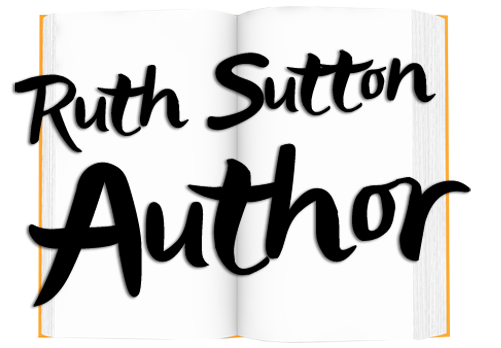Weeks ago I thought the outline for Book 4 was almost finished: just the odd twist here. or an extra chapter there and it was done, waiting to be fleshed out in all its detail in the first draft. Then I had to step away for a while to focus on another project and when I returned to it, I lost confidence. Everything looked trite, predictable, and some of the characters felt wooden and two-dimensional.
So I controlled my impatience to get started, ready or not, and went back to basics, taking each of the characters and writing character studies: what does this person look and sound like, how do they dress, walk, eat? Where were they born and raised, what motivates them, what do they aspire to or fear? What will they do in certain situations, and ow will they relate to the other characters they encounter?
That’s a really useful exercise, but these deeper rounder characters are now so engaging that they demand many more pages to do them justice, and each wants their own voice, or ‘Point of View’.
I love the idea of multiple points of view, with even minor characters able to provide their individual perspective and version of events, but I’m wary of going down this road given the strict advice that accompanied the one – and only – professional critique of my writing, way back when the first novel was in its first iteration and I was floundering. ‘Keep it simple’ was the advice. Only two or three of your characters can be given a ‘Point of View’, so decide who they are and stick to it. To do otherwise runs the risk of confusing your readers and slowing down the plot.
Book 4 is my first attempt at a crime novel. I’ve taken the conventional stance – so far at least – of having two main characters on the side of ‘order and honesty’ but as time goes by I’m getting more interested in the ‘baddies’, without whom there is no tension, wrong-doing and resolution. If the ‘baddies ‘ are two-dimensional, the plot fails. Patricia Highsmith understood this: now I wonder whether I could take the risk of appearing amoral, as she can be described, by making the character of a central ‘baddy’ the driving force of the plot and its most engaging voice. I’d love to do that, but it could be a step too far for a first foray into a new genre. My readership so far trusts me not to shock or outrage them: they’re curious about my characters and want to like them. Would they feel betrayed by a detailed depiction of the despicable?
I think I’ll probably opt for safety this time, with two honest characters at the heart of the story, but I’ll also give depth and voice to at least one of the dishonest characters too, letting us see the complexities and ambivalence, and the flaws in our national life at the time when the story is set, which of course are still with us today. I want this book to be the start of a series, and that adds some pressures that I’ll explore in a future post. I’m still thinking about it.

Recent Comments